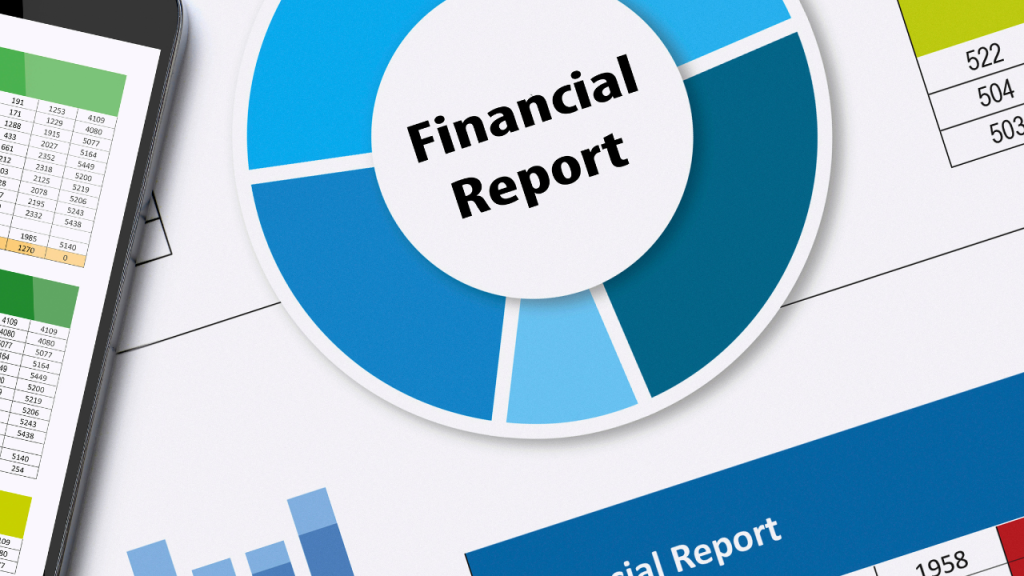Hi there fellow business owners,
Do you know that your financial reports tell you the story of your business, allowing you to interpret the results of your business activity?
It is better to understand your financial reports so you have a better decision-making and results in your business.
The benefits of knowing your numbers:
- Understand whether your business is growing or shrinking
- Track trends over time
- Compare results to your expectations (as set in your budget)
- Compare results between years or different periods
- Identify areas of strength and weakness
- Measure your business efficiency
- Measure the value of your business
- Identify symptoms of underlying problems
- Measure your cashflow
- Make better business decisions
“You don’t have to be an accountant or bookkeeper to understand your numbers; just as you don’t have to be a mechanic to drive a car.”
Tips for starters
Your key financial reports + Key Ratios
- Your Trading Account
Your trading account can be prepared at any stage during the year and shows sales generated less any variable costs directly associated with those sales. It’s used to calculate your Gross Profit (sometimes referred to as your Gross Margin) which is often also shown as a percentage.
Key Ratios:
Gross Profit Percentage shows the contribution of each dollar of Sales towards your overhead costs and profit.
For example, if Sales are $1,000,000 and your Gross Profit is $250,000, your Gross Profit Percentage is 25%. This means that for each $1 of sales, 25c is available for overhead expenses and profit.
To increase your Gross Profit Percentage, review cost of sales and direct costs to find potential savings.
Increasing sales won’t increase your Gross Profit Percentage as the costs will increase in line with the increase in sales.
Mark Up is not the same as Gross Profit. The distinction between Gross Profit and Mark Up is very important. Mark Up is the amount you add onto your variable costs to arrive at a selling price.
It’s expressed as a percentage, so you know how to convert your costs to a selling price. If we look at our ice cream example and determine that variable costs to produce one ice cream are $2 and we sell that ice cream for $4, our Mark Up is 100%: (($4 – $2) / $2 * 100.
Trading Account Tips:
A. Increasing sales is not the only way to grow your overall profit. However, growing sales should always be part of your strategy.
There are five ways to grow sales:
- Increase client retention – look after existing customers well so they keep coming back.
- Generate more leads or enquiries – use your marketing effectively.
- Convert more leads into customers – ensure you have an effective sales process and strong sales skills.
- Increase transaction frequency – encourage people to buy from you more often.
- Increase transaction value – encourage people to spend more each time they buy from you.
B. Lifting your Gross Profit Percentage by 1-2% can make a huge difference to your results. Calculate this
impact by taking 1% of your total sales for the year; that is how much more will hit your overall profit if you lift your
Gross Profit Percentage by 1%. We can help you employ strategies to increase your margin.
C. Compare your expected Gross Profit Percentage to your actual Gross Profit Percentage. You can do this
by ‘back costing’ a job once you’ve finished it. Calculate all costs associated with a completed job, e.g. for a building
job, the total material and labour costs for that job, then divide by the selling price to determine the Gross Profit for
that job.
D. Ensure your pricing is up to date. If your Gross Profit is declining, review your costing to ensure you’re using
current costs when pricing a job, product or service. Many businesses use great pricing tools and standard Mark
Up formulae but often have outdated costs in the model or calculation.
E. Consider all costs associated with creating a sale. Your margin could be slipping because there are costs
hidden in overheads that should be measured as variable costs. For example, a mobile ice cream truck will have
fuel as a variable cost, but the fuel costs might be lumped in as overhead costs with another business vehicle.
Are you in struggle to understand your numbers and your business needs improvement to help you to be a better business operator?
Book a call HERE and we will help you!
Mick
I’d love to help you achieve your business dreams, please don’t hesitate to contact me;
07 5646 4050
mick@ignitionaccountants.com





 Digitally enhanced by
Digitally enhanced by